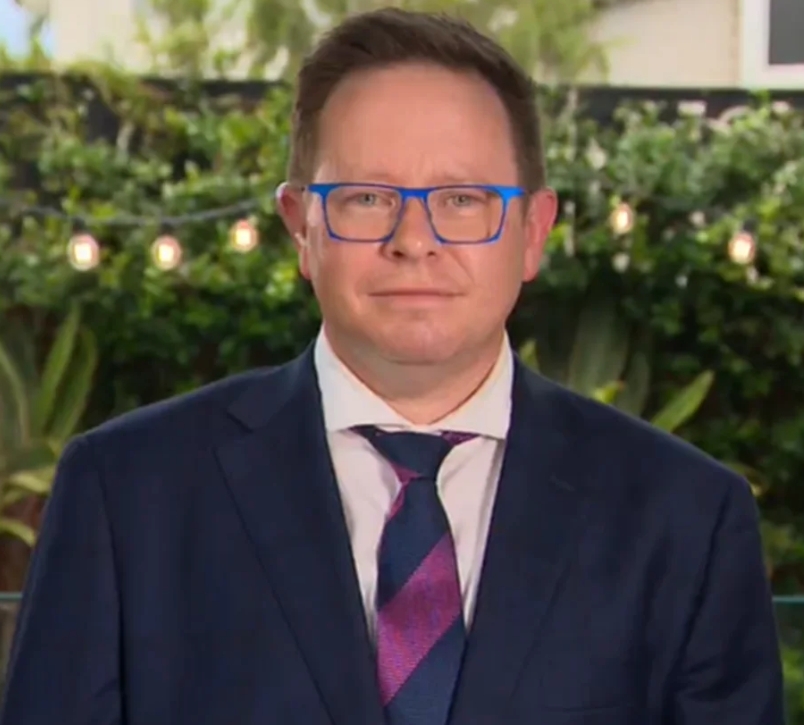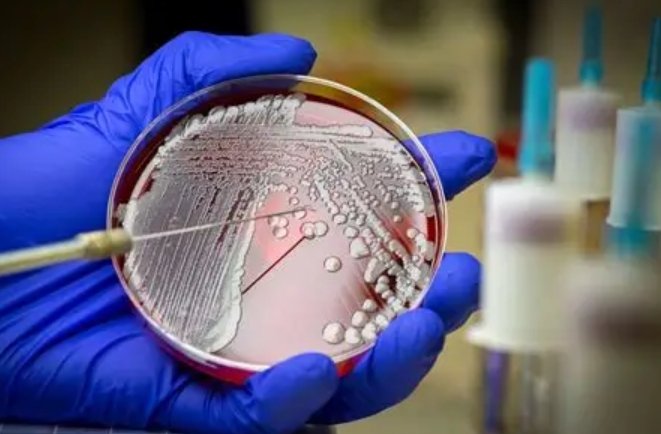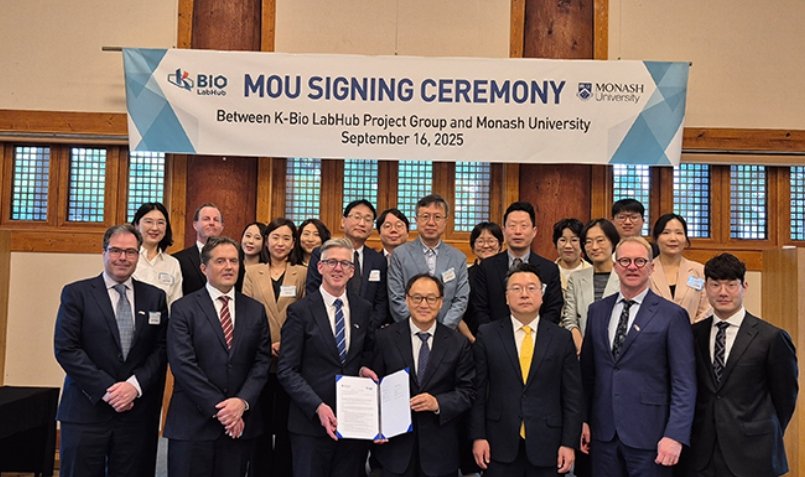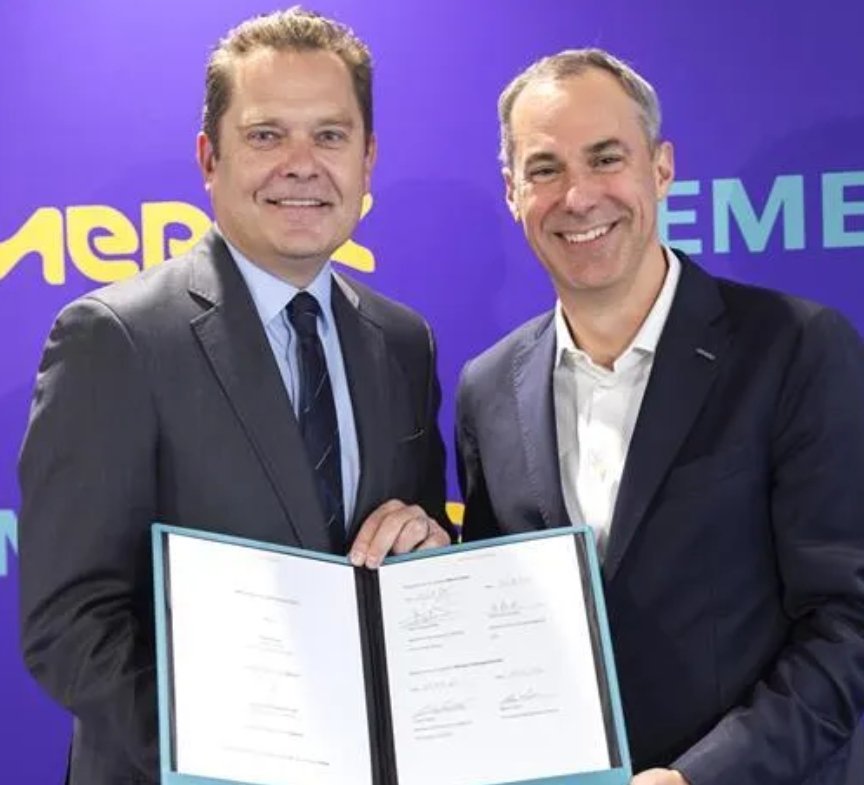
As an infectious diseases’ physician, clinical researcher and microbiologist, I have seen first-hand how new technologies and innovations can help improve the health of communities both locally and globally.
The COVID-19 pandemic highlighted this, showing how powerful science can be when it moves fast to develop safe and effective vaccines helping healthcare systems respond. The pandemic also revealed key areas where we need to improve in order to respond more quickly and effectively to any future outbreaks.
A promising advancement to emerge in recent years, particularly in the context of vaccine delivery, is microneedle technology. Small in size but big in potential, microneedles represent an opportunity to expand the reach and impact of immunisation efforts worldwide.
A new delivery model
According to the World Health Organization, there are a billion cases of seasonal influenza annually, including three to five million cases of severe illness and as many as 290,000 to 650,000 respiratory deaths each year. Despite this, routine immunisation rates for seasonal flu, COVID-19 and other respiratory illnesses are continuing to face a decline globally, driven by vaccine hesitancy and access issues.
In Australia, the impact of the flu is increasing, with over 46,300 lab-confirmed cases recorded early this year, more than 50% higher than during the same period in 2024. The economic toll is equally substantial, with flu-related sick leave estimated to have cost Australian employers between $454 million and $757 million last year.
Microneedle technology offers the potential to improve vaccine uptake and immunisation accessibility by removing the need for cold-chain storage and highly skilled administration, enabling wider distribution in hard to reach or resource limited areas. By making vaccines easier to store, transport, and potentially self-administer, these advances could help to address both logistical barriers and public hesitancy, ultimately strengthening public health outcomes.
The COVID-19 pandemic highlighted the importance of rapid vaccine deployment, robust immunisation infrastructure and public trust in science. It also highlighted how emerging technologies, such as messenger RiboNucleic Acid (mRNA) platforms and digital vaccine certificates, can transform public health responses.
Drawing from these lessons, microneedle technology has the potential to not only simplify the delivery but could be rapidly adapted for emerging health threats. When mass-produced and distributed at scale, vaccine patches offer a potential advantage in pandemic preparedness and response. By embracing such innovations, we can build more agile, inclusive, and resilient immunisation systems in the future.
Australia, a key global contributor to the next generation of vaccine delivery
As we look to the future, our world-class research institutions, collaborative biotech ecosystem, and stable regulatory environment in Australia offer strong grounds for biomedical innovation.
In addition to advancements in microneedle delivery, Australian researchers and institutions have played a key role in the development of technologies such as the human papillomavirus (HPV) vaccine, rapid diagnostic tools for infectious diseases, and needle-free vaccine delivery systems being developed by Brisbane-based Vaxxas. These breakthroughs highlight Australia’s capacity to drive innovative solutions and can help shape a more resilient and inclusive health landscape locally, regionally and globally.
Queensland, in particular, has become a focal point for biomedical research, development, and manufacturing in recent years. A standout example of this growing prominence is the upcoming 8th International Conference on Microneedles (Microneedles 2025) taking place between 11-14 May in Brisbane, the first to be held in the Southern Hemisphere. It will showcase Queensland’s role in the development of microneedle technology, and the wider role of this technology in global public health responses.
Microneedle technology and other biomedical innovations are no longer just ideas in the lab, they are demonstrating their potential for making real impact. While vaccination is a major focus, the potential applications go much further. It is encouraging to see a shift toward more patient-centred solutions that are not only easier to use but also built to support more resilient healthcare systems globally.
Professor Paul Griffin, Director of Infectious Diseases at Mater Health Services & Professor of Medicine at University of Queensland Medical School




